Why we ran it: to find out if a new platform and PHEV power made the Jaguar E-Pace fully fighting fit
Month 4 - Month 3 - Month 2 - Month 1 - Specs
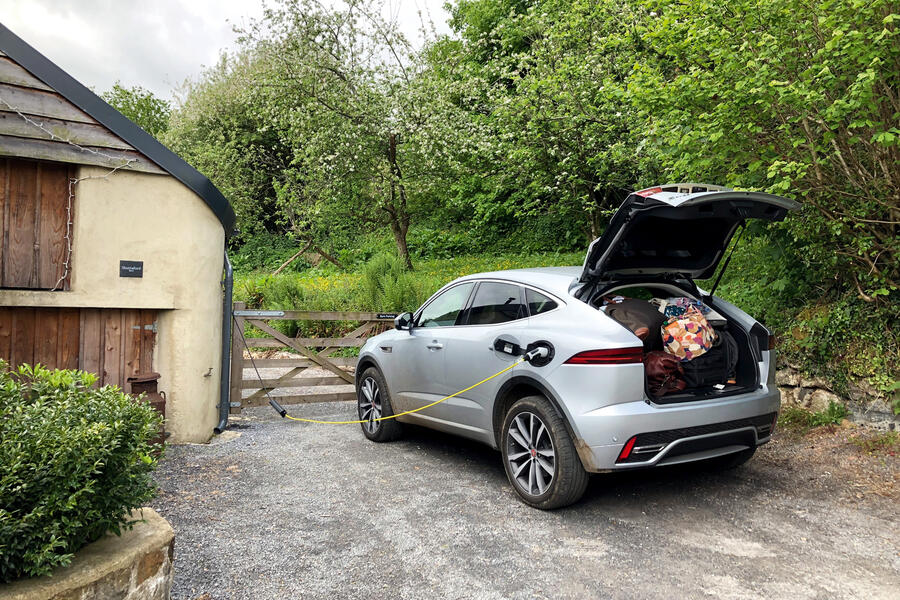
Life with a Jaguar E-Pace: Month 4
Plug-in hybrid departs with a reputation for excelling at long trips and urban trudges – despite two shortcomings - 28 September 2022
Happily, the E-Pace P300e encompasses the best of modern-day Jaguar: it is the brand’s most relevant and affordable model (in the luxury realms); it has been updated enough to stay competitive in terms of electrification and electric range (although soon 39 miles will look poor...); and it incorporates the firm’s best infotainment system yet.
It’s also incredibly comfortable without neglecting some half-decent driving dynamics – and this P300e plug-in hybrid is the E-Pace at its best for that, being positioned as the sporty variant in the model range. I’ve always been glad to get behind the wheel. It’s a familiar, cosseting spot,whichisexactlywhatIwant from luxury – comfort packaged in a desirable and quality way.
That extends to the design of the interior and its intuitive functionality, ranging from the easy-to-manage knobs for volume, climate control and heated seats to the Pivi Pro infotainment system, which is aesthetically pleasing but also allows you to find what you’re looking for with relative ease – not something that’s widespread on touchscreens. Having wireless Apple CarPlay connectivity is another boon.
Driving around town on electric power (34 miles was the typical range compared with the official 39 miles) in this compact SUV is a relaxing experience – that lovely refinement from the powertrain paired with a compliant suspension set-up for the inevitable speed bumps encountered. The steering is on the light side but still has respectable feedback, so it’s satisfying to drive at low speeds in urban areas.
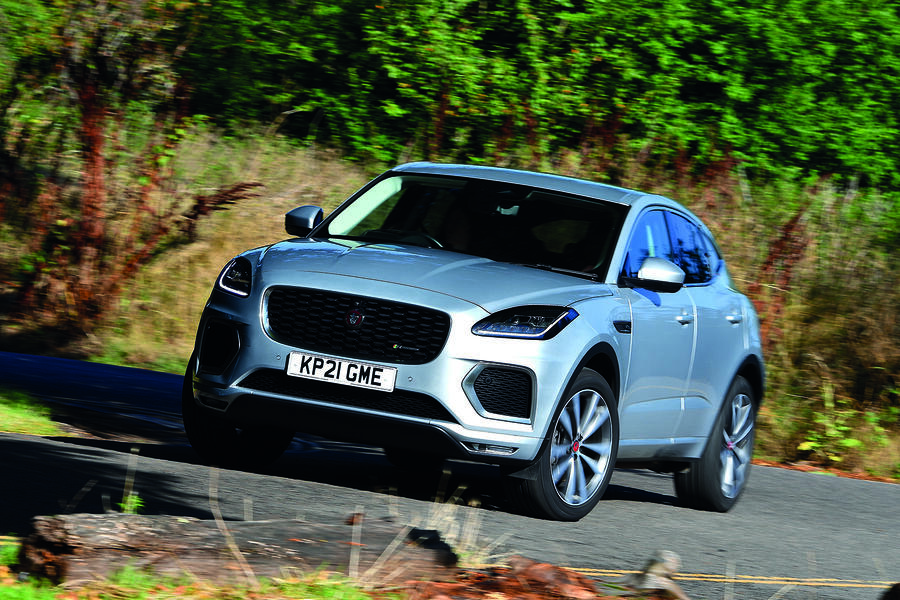


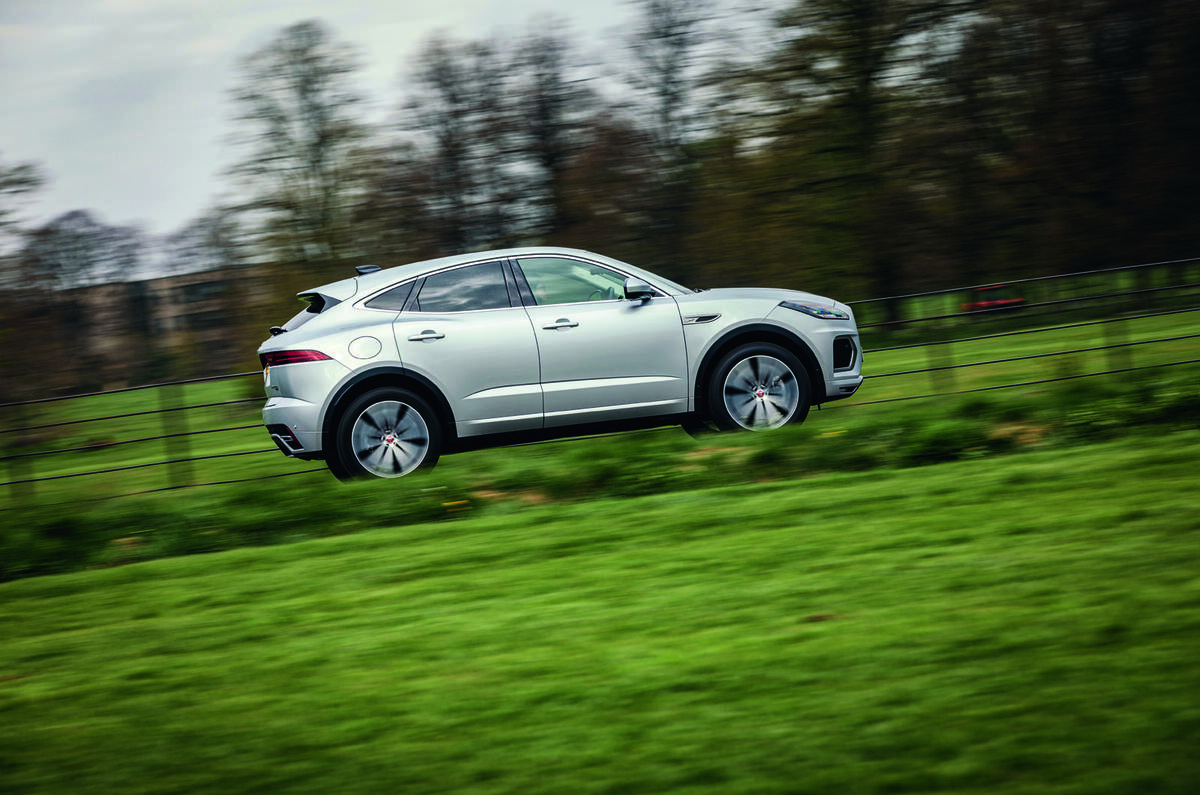
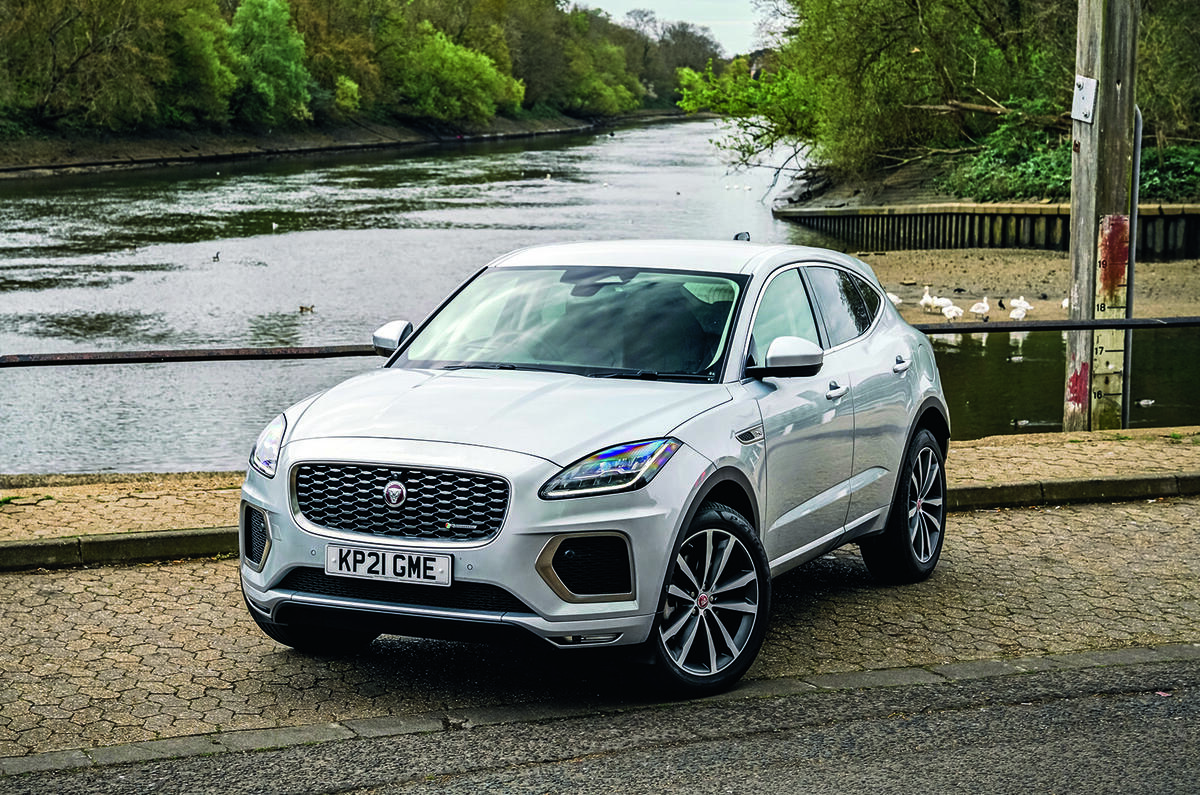
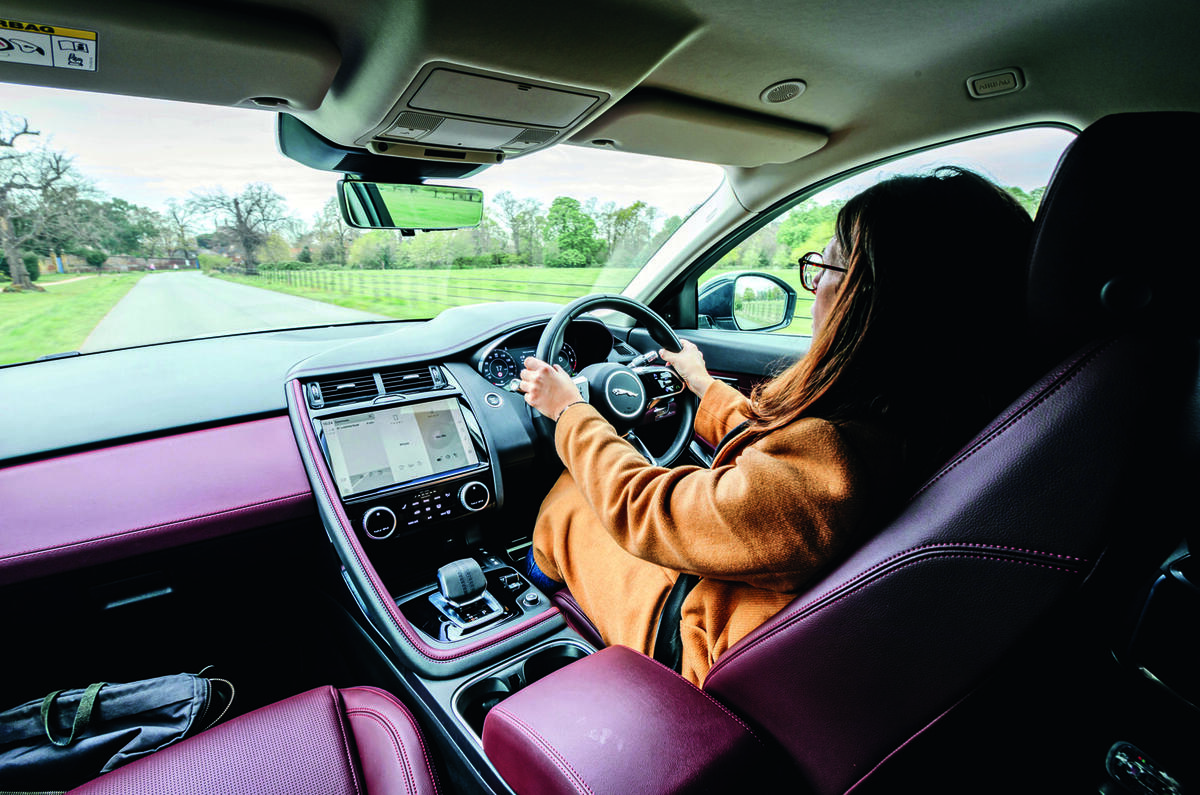
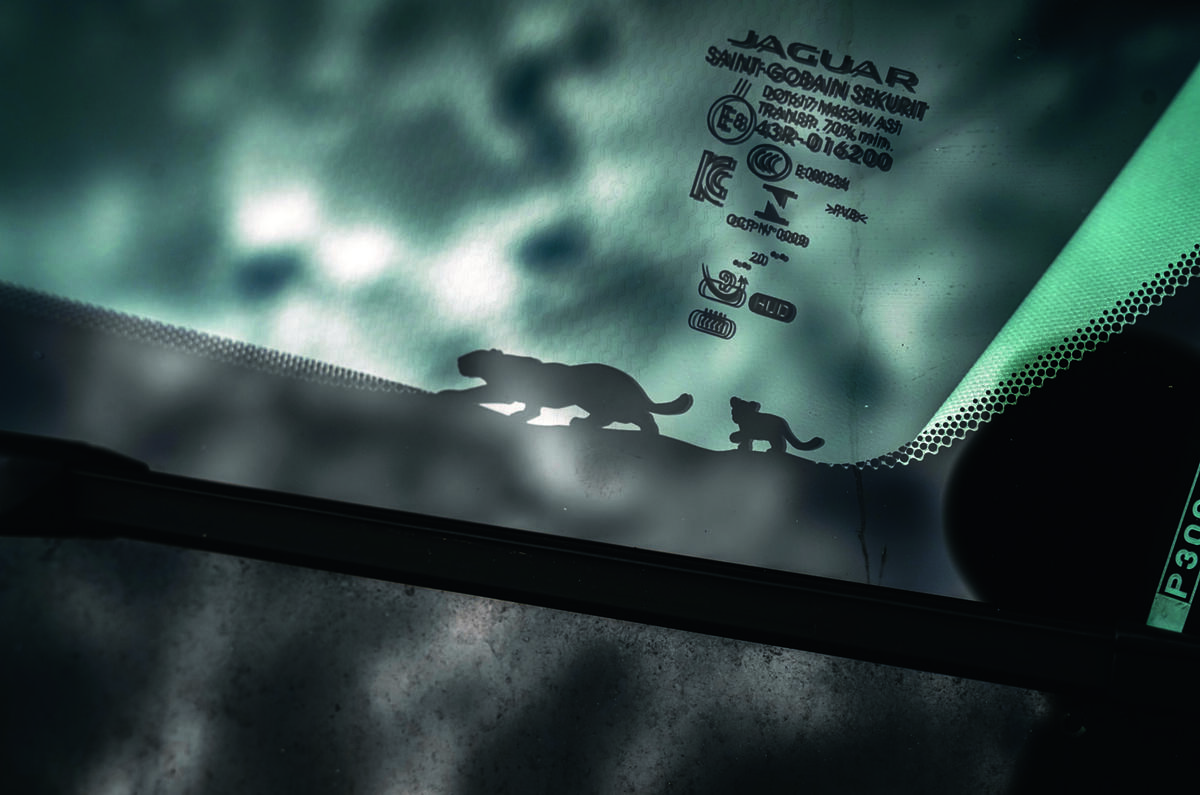
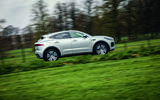




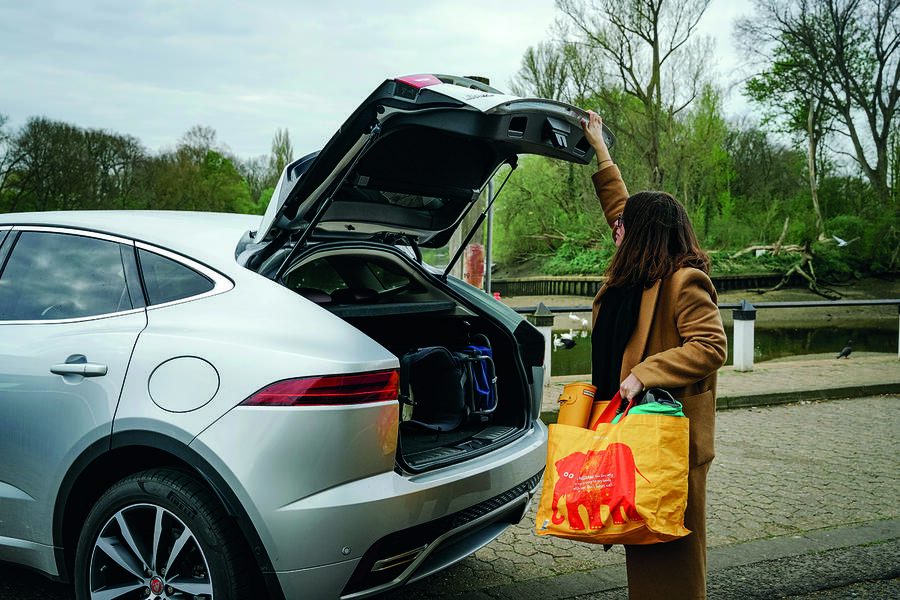
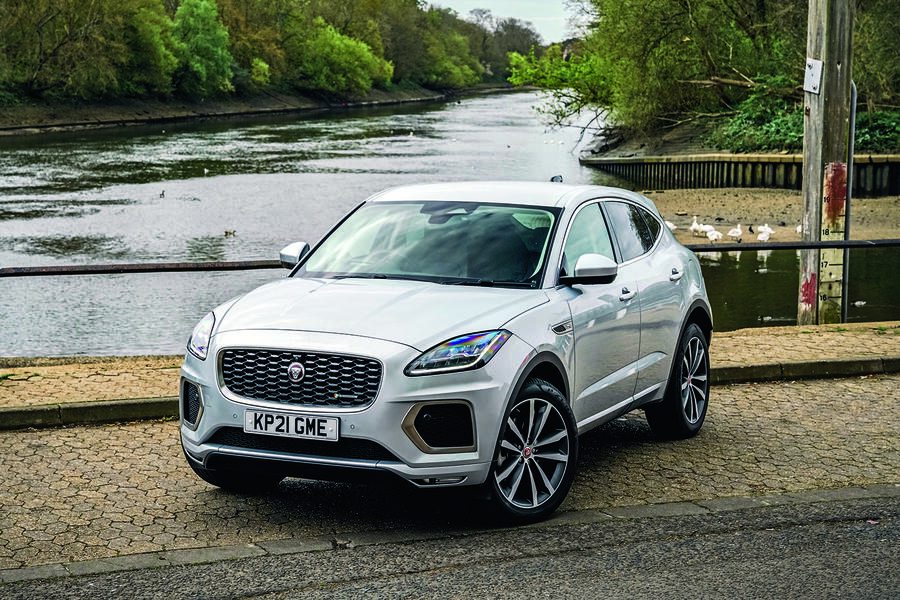
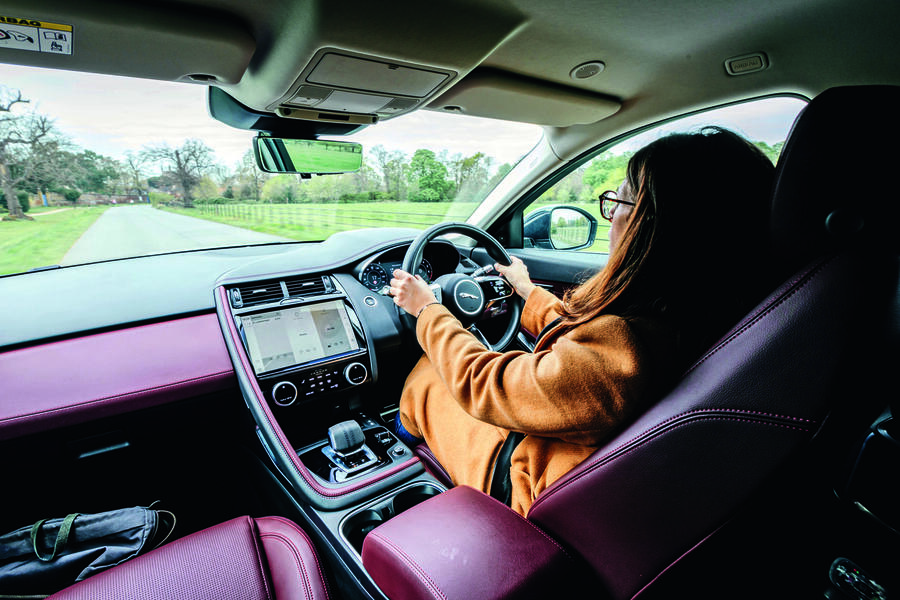
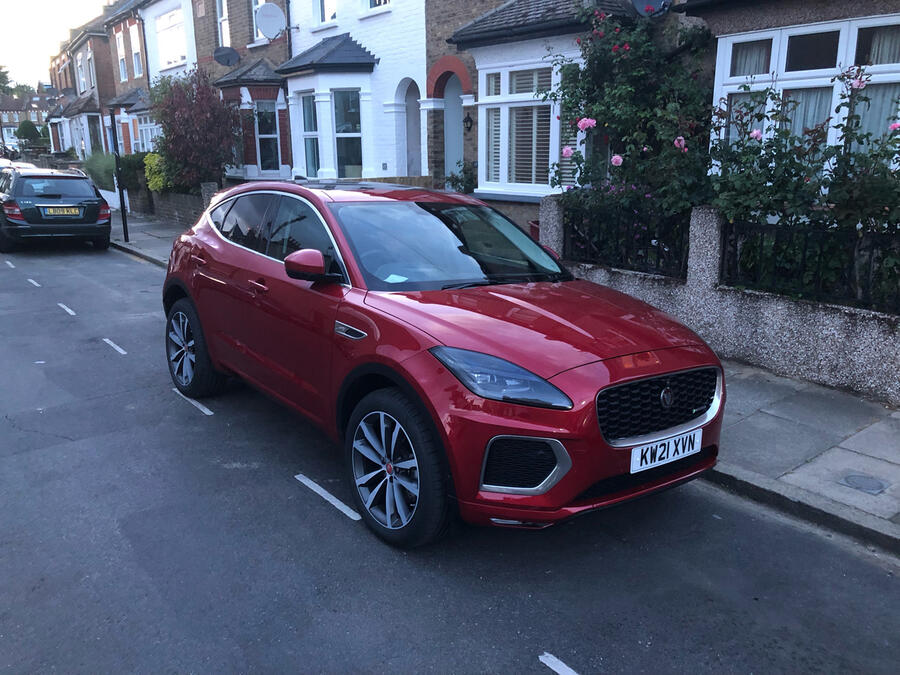
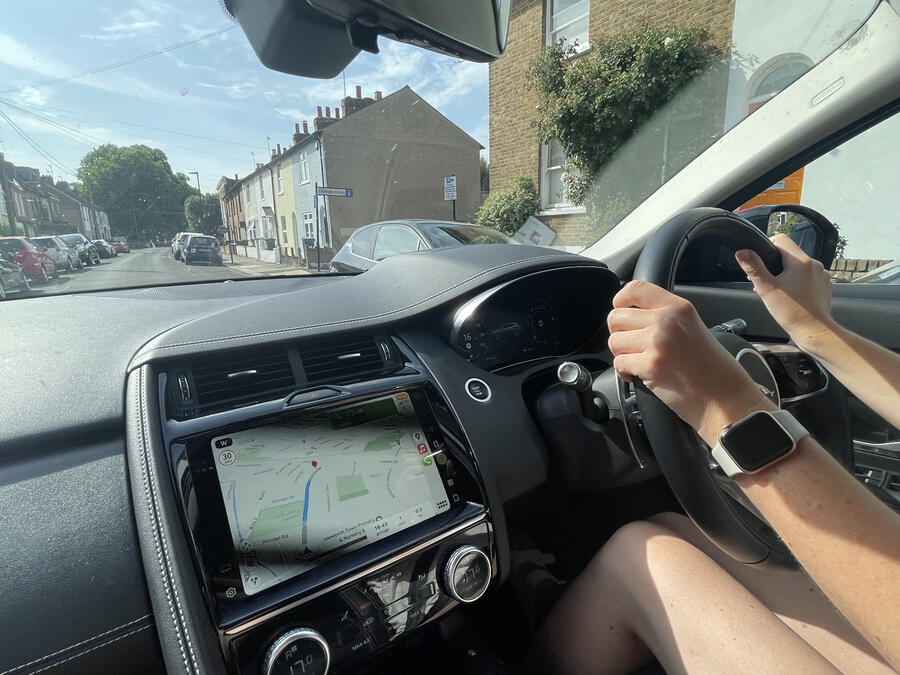
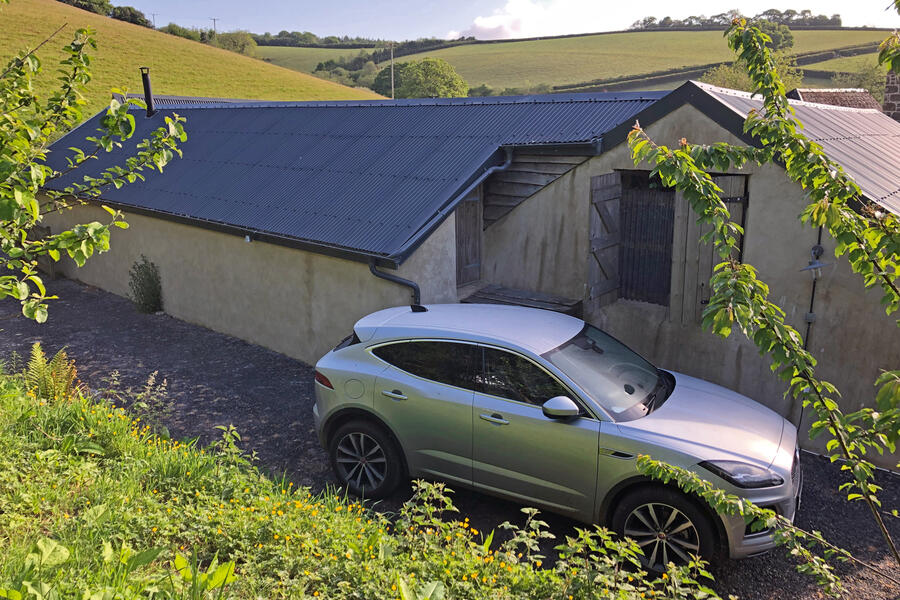

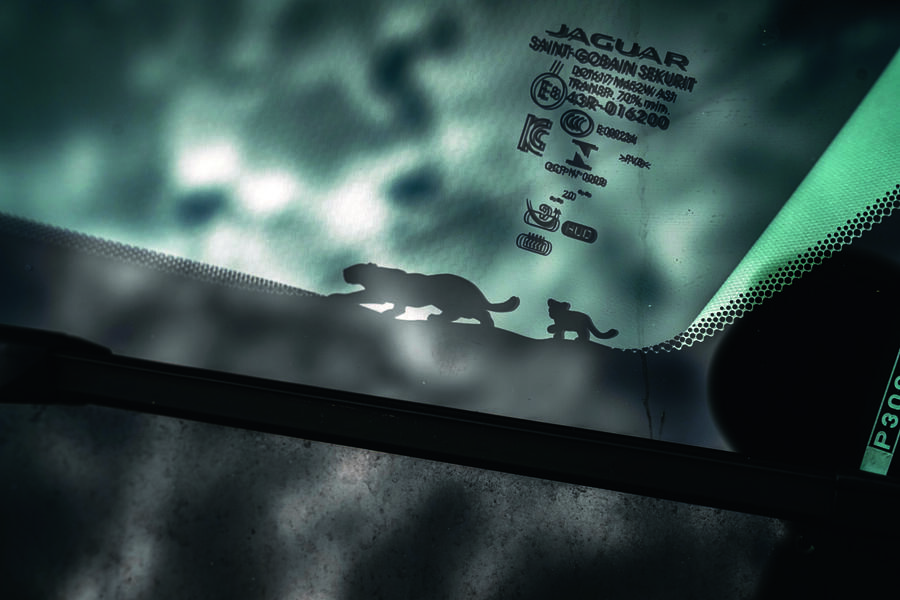

Join the debate
Add your comment
petrol
i would love to know what this would be like on just petril ie when battery depleted as I buy my own car not bothered about the low tax rate but economy .my guess is not worth the extra outlay as petrol probably uses more fuel than larger diesel
"I hoped it would right itself" is not a phrase that should ever be in a long term test report. Surely you are supposed to tell us about all aspects of running the car, including customer service and response to complaints?
Here is an expensive, cramped crossover with a serious reliability and useability issue, given the usual positive gloss because it's a JLR product. Trying to pretend it's a success on the level with the Macan is preposterous. I hope they sort themselves out before it's too late.